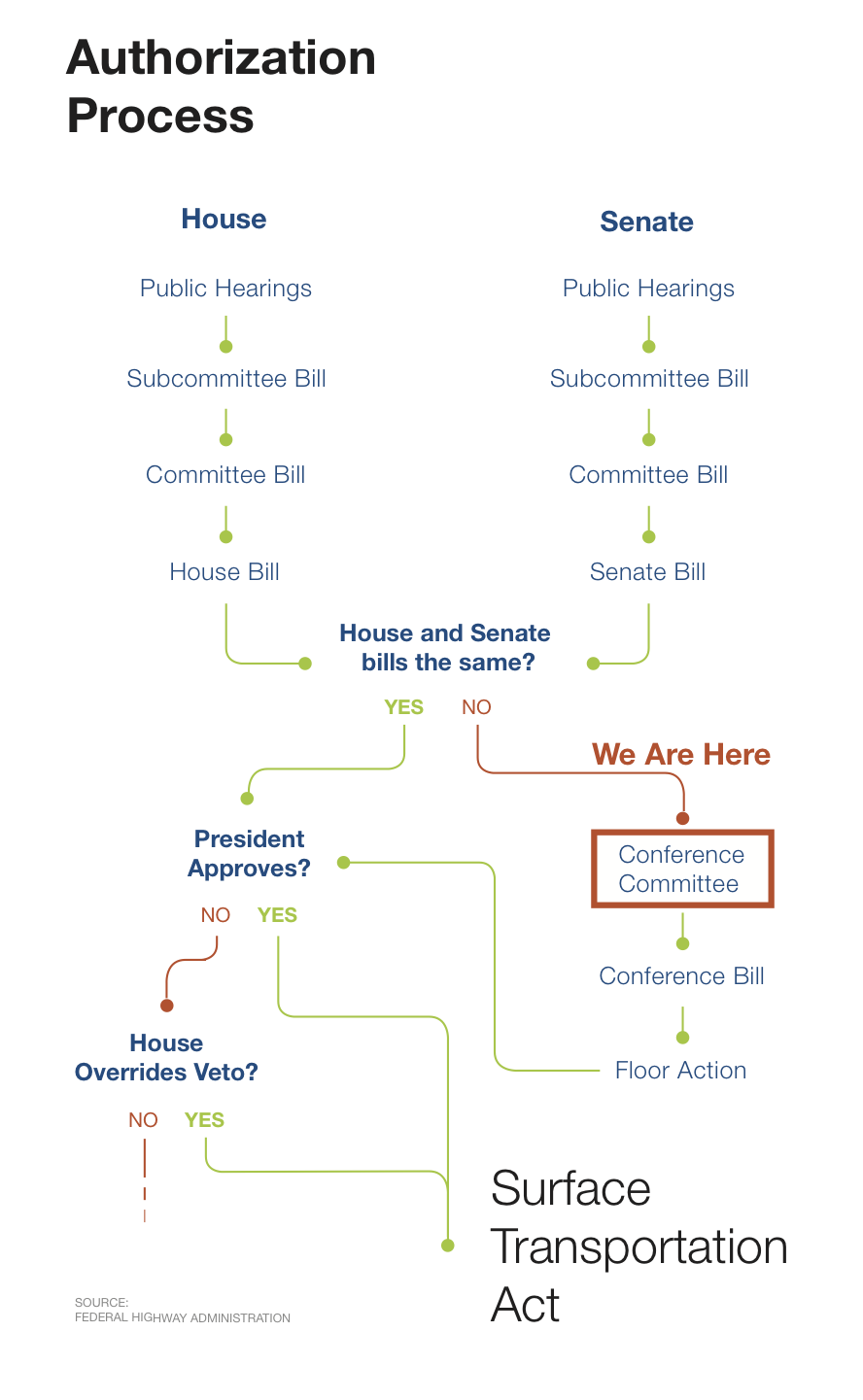A while back I wrote about Congress’s progress on negotiations surrounding the Federal Transportation Bill. Now those negotiations are closed, the vote has been taken, and the Federal Transportation Bill has finally passed.
While the passage of any transportation bill is encouraging after so many delays threatened to freeze funds, alternative transportation advocates are understandably disappointed with the final bill. Many of the programs in the previous bill advocating cycling and pedestrian paths have been gutted and funding has been compromised. This news is especially disappointing since representatives, like Senator Barbara Boxer, promised to protect these programs.
Here is an overview, courtesy of America Bikes, of the major differences between the previous transportation bill and the current bill and what this could mean for cyclists and pedestrians in California and the Bay Area.
1) The 2012 bill combines Safe Routes to School, Transportation Enhancements, Recreational Trails and ‘Some Road Usages’ into a single category. These programs no longer have separate funding and distribution mechanisms. This means that not only will alternative transportation programs be competeing against one another for funding, they will also be competing against highway and road projects classified as ‘road usages’.
2) Funding for this category has been cut from $1.2 billion to $800 million.
3) The old bill allowed states to redistribute 10-15% of funds from these alternative transportation programs to other transportation uses. Under the new bill states could transfer 50-100% depending on the circumstances.
This bill will be in effect until October of 2014.
Sources:
http://www.americabikes.org/analysis_of_the_new_transportation_bill_map_21


 Now:
Now: